A View on Learning at Gunston Hall
When students experience history they remember it differently. June 14th 2017 was a day of enlightenment and learning for 40 students and 8 teachers on the estate of one of Virginia’s founding father’s; George Mason.
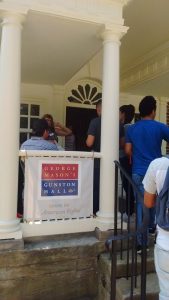
Students were surprised by how much land and river access at the estate known as Gunston Hall. Our guide explained that the Potomac River was the I95 of the day. George Mason was a successful businessman but he saw his real mission as a public servant.
He was born George Mason IV in Fairfax County , VA on 11 December 1725. He married 16 year old Ann Eilbeck in 1750 from a plantation in Charles County, Maryland. They lived in a house on George’s property in Dogue’s Neck, Virginia. Together they had 12 children but only 9 lived and the last two twins died and then she died on the 9th of March 1773. He remarried to Sarah Brent of Stafford County, Virginia in 1780.
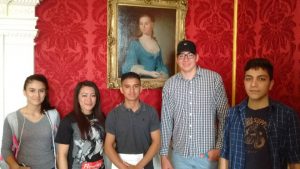
He was wealthy so why not a bigger house?
What we learned was wealth in the 18th century translated to property and profit in the world of global overseas trade. The design and materials of the house showed money and the size was big for the time period.
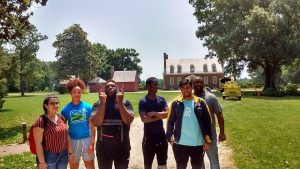
The estate of Gunston Hall was completed as a plantation house on the Potomac River in 1759. It was an “architectural gem” of the time period and it was designed and built by indentured servant William Buckland; and William Bernard Sears.
The house showed global influences of the 18th century British imperialist. It had silver utensils on the table, glassware, porcelain from China and the Renaissance styles as shown on the red silk wall of the parlor. All the woodwork in the side rooms of the house is preserved and original from restoration. The great room was refurbished to look like the original design.
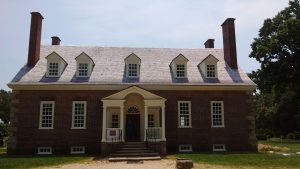
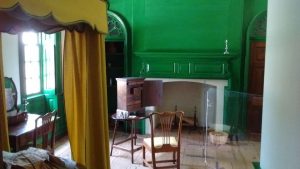
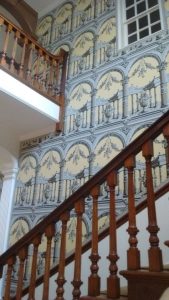
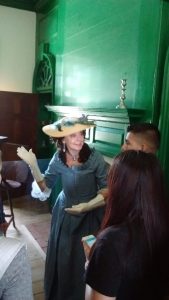
The kitchen reminded me of Guatemala and my grandmother!
The kitchen was well stocked with tools and supplies. It even had a rotisserie chicken smoker.
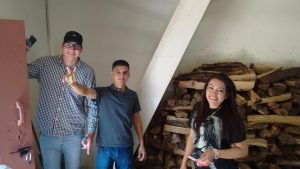
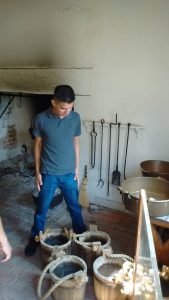
So if he had 90-100 slaves then how did he get the idea to create individual rights?
We learned that it was only the wealthy white property owners that had any concept of equal citizenship. English enlightenment philosopher John Locke said that all “men” had the “natural right” to property and this was a strong influence on the British thought about democracy.
How would the people believe him or trust him if he owned slaves?
Owning slaves was seen as a natural consequence of wealth during that time. We think of equality for all today but just the idea of equality of any kind and for any group was new to the founding fathers. George Mason owned 90-100 slaves at any given time and he never once thought of freeing them as he wrote up his ideas that would become the foundation of the modern civil rights movement. Despite continuing in the ownership of slaves he expressed strong discontent with the existence of slavery in his words.
All men are born equally free and independent,”Mason began,” “and have certain inherent natural rights, of which they can not by any compact, deprive or divest their posterity; among which are the enjoyment of life and liberty, with the means of acquiring and possessing property, and pursuing and obtaining happiness and safety.” http://www.gunstonhall.org/georgemason/essays/warren_essay.html
Slavery is a slow poison which is daily contaminating the minds and morals of our people. – George Mason
Students also learned about the influential ideas of George Mason. He did not agree with signing the Constitution because he said it was unfinished – The Anti-federalists were worried about monarchy.
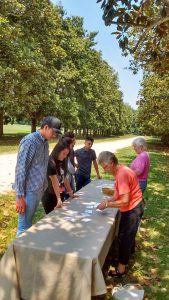
For more information :

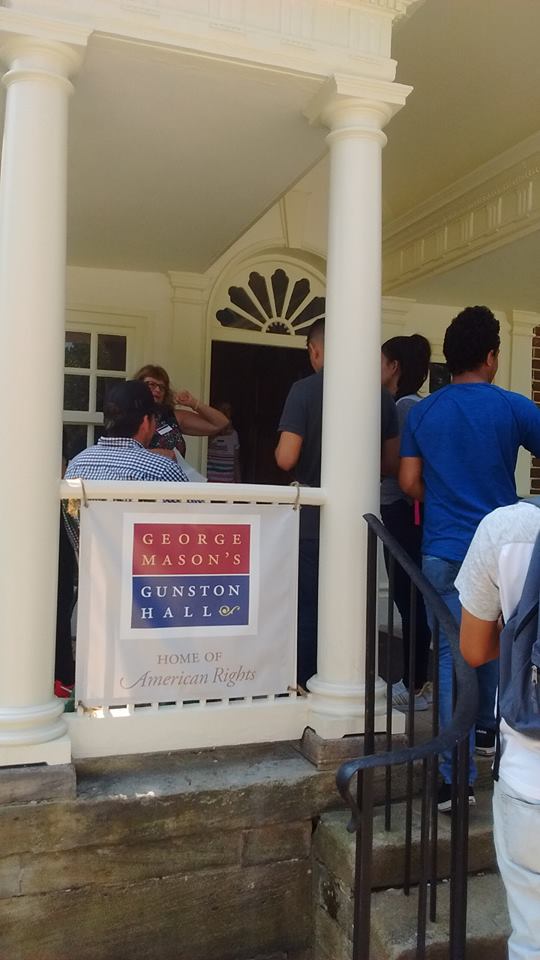



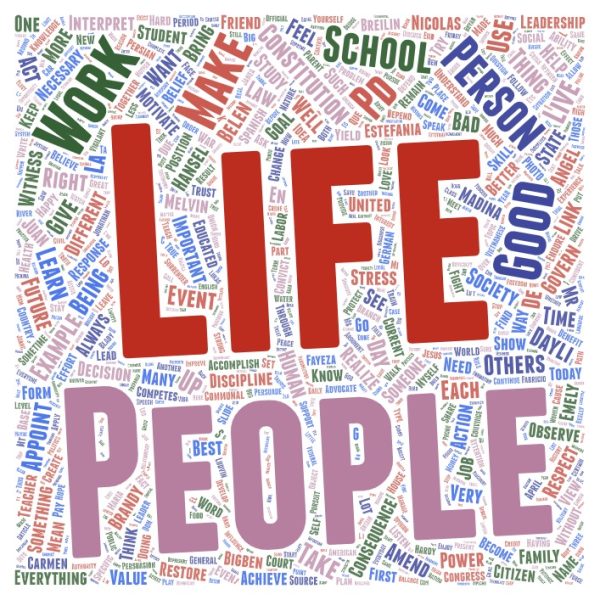
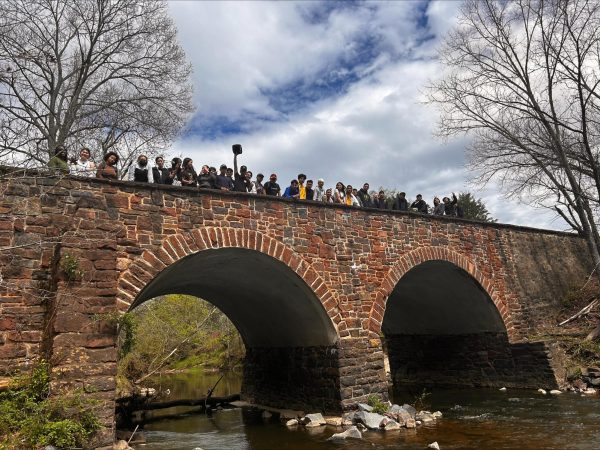

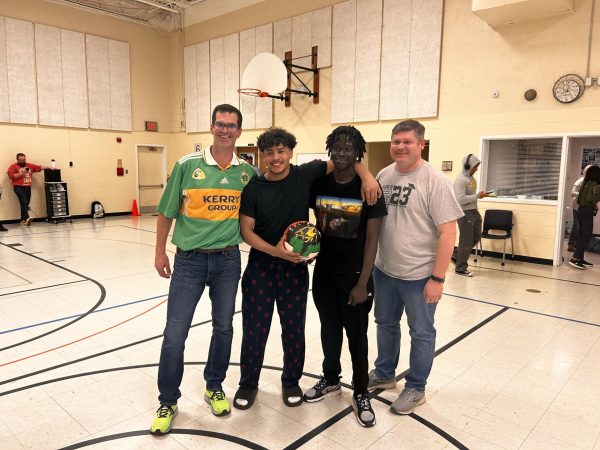
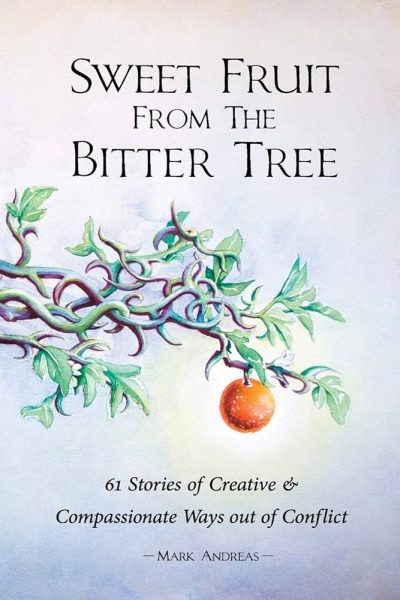
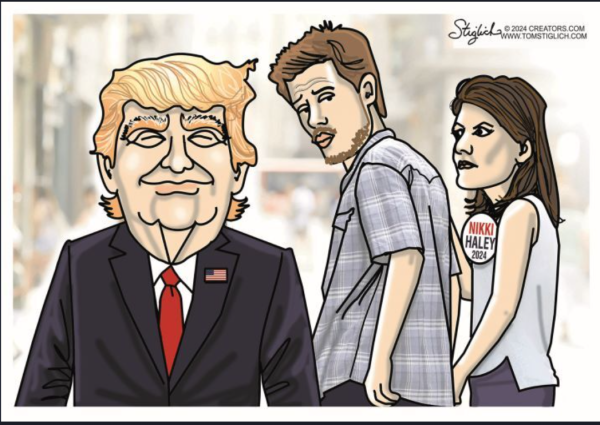
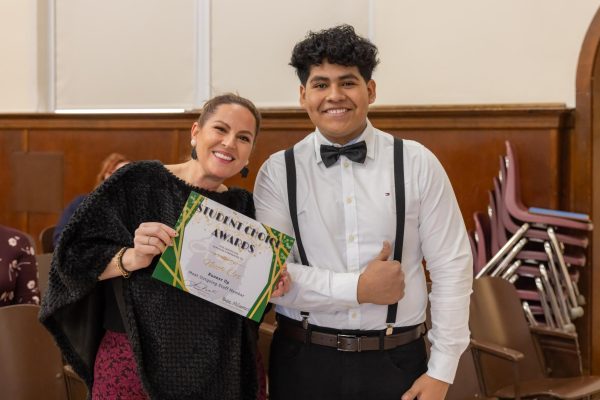
jefferson • Oct 23, 2018 at 8:25 am
It is funny the part the say”students believe she was relative to gorge mason family because the way she was acting it was similar to the real one .The rooms was so ordinance and English wall paper designs was original.
lemus • Oct 19, 2018 at 2:08 pm
I feel excited because next Monday we will to the George Mason’s house. I went there last year ago and I
I will go again have another good experience. I will learned many new things. This year in World History class I have learned about the new ideas of Enlightenment. I have learned that the ideas caused revolutions in the world and that one of those revolutions was in America. We have talked about natural laws and natural rights that people like Descartes, Gallilei, Locke, Jefferson and Mason all studied in different ways and believed. The ideas did not always show in the actions because people like George Washington and George Mason and Thomas Jefferson all owned other people who did their work; these people from Africa were slaves and not equal.
Nelson99 • Oct 19, 2018 at 1:58 pm
Monday will be a good day to go visit again , The House of George Mason and to learn more about his life and how he had so many slaves to work for him. It very important to know about him because you learn more about his history it will be great to see the house and see a lot of thing that has so many year that you may not probably see today.
oceanmtnsky • Jun 17, 2017 at 7:43 am
https://www.facebook.com/historicgunstonhall/
yung writer • Jun 16, 2017 at 12:21 pm
That is the most nice trip for me because we get fun and we learned a lot of things . That is the best way to study and feel your history. Geography is very important. By going to the places of history it is going to show us where these important events happened. The person George Mason was one of the people giving great ideas that we are still using in the constitution today. We learned by seeing where and how was his life and work took place.
vic4256 • Jun 16, 2017 at 8:53 am
I think that this tour helped me to know a little more about the life of George Mason and also helped us to know more the history of the beginning of the USA. I thank my history teacher Mr Hardy for having the patience with me to be able to explain the history of this world or the one of USA even with the difference of language Mr Hardy is always there to help us.